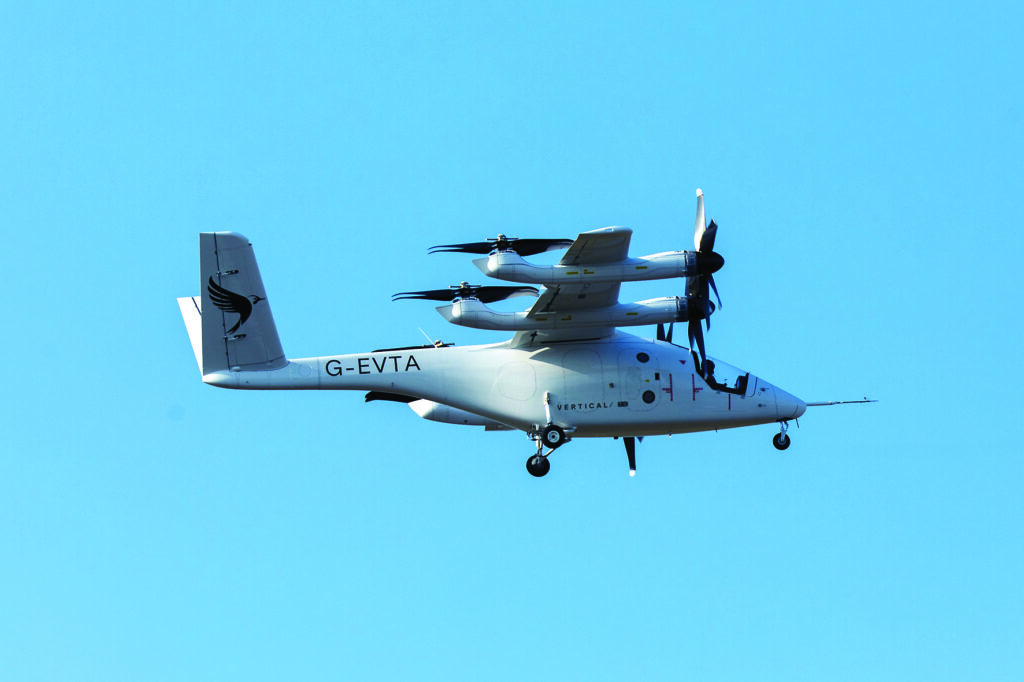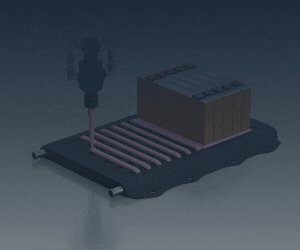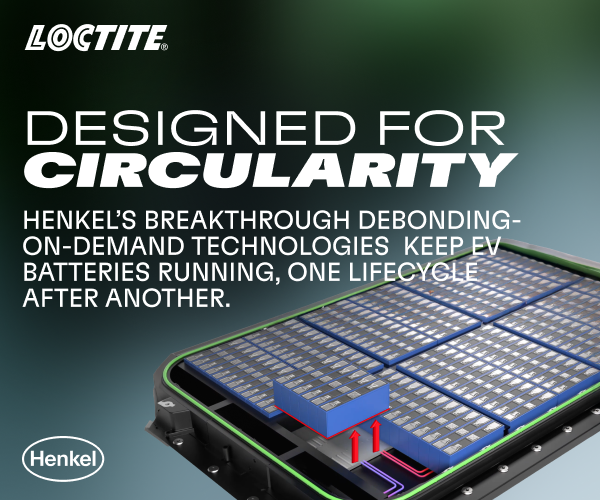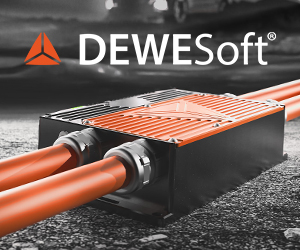First piloted eVTOL flight in open airspace

(Image courtesy of Vertical Aerospace)
Vertical Aerospace in the UK is using actuators from Volz in Germany for its latest VX4 prototype eVTOL electric aircraft in flight tests, writes Nick Flaherty.
The Vertical VX4 is using the DA 30-HT, DA 30-HT-D and DA 58-D actuators for all the control surfaces of the electrical aircraft prototype. Volz also implemented the Controller Area Network (CAN) protocol in these servos.
Vertical’s VX4 is a piloted, four-passenger, electric Vertical Take-Off and Landing (eVTOL) aircraft developed with GKN, Honeywell and Leonardo, which uses a propulsion unit from Equipmake in the UK. The company is developing its own proprietary battery pack with high-power lithium-ion cells from Molicell, targeting 220 Wh/kg, and it has developed its own propeller technology. At the time of writing, it has around 1500 pre-orders from companies that include American Airlines, Japan Airlines, GOL and Bristow.
Earlier this year, Vertical became only the second company in the world to achieve piloted manoeuvres with a full-scale vectored thrust eVTOL aircraft. This was followed by a major milestone; the first-ever piloted flight of a winged eVTOL aircraft in open airspace. The company is expecting to complete piloted transition flight – the final stage of the test programme – in the second half of 2025.
The VX4 is competing with eVTOL aircraft from Joby Aviation, Archer and Horizon, in addition to traditional electric aircraft from Beta Technologies, which are all undergoing flight tests.
The fully redundant dual-channel DA 30-HT-D actuator allows continuous operation, even if one of the two channels should fail. For redundancy, there are two versions of all the major components – such as the electric motors, control and communication electronics and power supply – and the position sensor features a three-channel design (for 2 out of 3 voting). Several sensors are integrated within the unit to provide diagnostic information such as current consumption, supply voltage levels and temperature readings, and all major components of the actuator are continuously diagnosed by the microcontrollers of the actuator, meaning that its health status can be read via the redundant RS485 interface.
The fully redundant DA-58-D has peak torque of over 200 Nm/1770 lb-in and rated torque of 80 Nm/708 lb-in, making it the strongest, electromechanical, fully integrated actuator available that combines the control electronics, position sensing, motor and drivetrain in a single housing, together with a redundant CAN bus interface.
“Volz has been working with Vertical since 2019, and we are proud to support the latest phases of VX4 flight testing alongside other industry leaders. Our actuators have proven their precision and reliability in a demanding flight test environment,” said Phillipp Volz, CEO of Volz.
The current Vertical VX4 design has a range of 160 km on battery power for air taxi services between major city centres and airports, but the company is planning a hybrid version that will extend the range to 1000 km.
Click here to read the latest issue of E-Mobility Engineering.
ONLINE PARTNERS





















